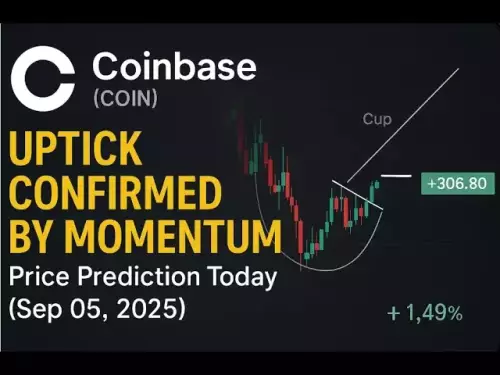-
 Bitcoin
Bitcoin $111400
1.19% -
 Ethereum
Ethereum $4330
1.06% -
 XRP
XRP $2.851
1.74% -
 Tether USDt
Tether USDt $1.000
0.00% -
 BNB
BNB $851.3
0.83% -
 Solana
Solana $205.5
0.99% -
 USDC
USDC $0.0000
0.00% -
 Dogecoin
Dogecoin $0.2167
2.37% -
 TRON
TRON $0.3325
-0.67% -
 Cardano
Cardano $0.8354
3.62% -
 Hyperliquid
Hyperliquid $46.90
5.09% -
 Chainlink
Chainlink $22.43
0.60% -
 Ethena USDe
Ethena USDe $1.001
-0.01% -
 Bitcoin Cash
Bitcoin Cash $613.8
4.60% -
 Sui
Sui $3.400
4.37% -
 Stellar
Stellar $0.3603
2.19% -
 Avalanche
Avalanche $24.45
0.44% -
 Hedera
Hedera $0.2203
3.90% -
 Cronos
Cronos $0.2672
0.45% -
 UNUS SED LEO
UNUS SED LEO $9.533
0.10% -
 Litecoin
Litecoin $113.1
2.80% -
 Toncoin
Toncoin $3.104
0.11% -
 Shiba Inu
Shiba Inu $0.00001246
3.18% -
 Polkadot
Polkadot $3.827
2.06% -
 Uniswap
Uniswap $9.436
2.42% -
 Dai
Dai $0.0000
0.01% -
 Monero
Monero $266.1
-0.66% -
 Ethena
Ethena $0.6788
4.52% -
 Aave
Aave $305.0
-0.98% -
 World Liberty Financial
World Liberty Financial $0.1830
-2.70%
How to Read Bitfinex Charts: A Technical Analysis Primer
Bitfinex charts feature candlesticks, timeframes, volume, and tools like RSI and MACD to help traders analyze trends, with VWAP and order book data enhancing precision.
Sep 01, 2025 at 05:54 am

Understanding the Layout of Bitfinex Trading Charts
1. The Bitfinex trading interface presents a comprehensive charting environment designed for both novice and experienced traders. The primary chart area displays price movements over time, typically using candlestick patterns. Each candlestick represents a specific time interval and illustrates the open, high, low, and close (OHLC) prices.
2. Located at the top of the chart are time-frame selectors, allowing users to switch between intervals such as 1 minute, 5 minutes, 1 hour, or 1 day. Choosing the right timeframe depends on the trader’s strategy—short-term traders often use lower intervals, while long-term investors analyze daily or weekly views.
3. The order book and trade history are usually positioned on the left and right sides of the chart, respectively. These elements provide real-time insight into market depth and recent transactions, helping traders anticipate potential price movements based on supply and demand.
4. Charting tools such as drawing instruments, Fibonacci retracements, and trendlines are accessible through the toolbar. These tools allow traders to annotate the chart, identify key levels of support and resistance, and project potential breakout zones.
5. The volume bar chart is displayed beneath the main price chart. Trading volume acts as a confirmation signal—rising volume during a price move suggests strong market participation, while low volume may indicate a lack of conviction.
Key Indicators Used in Bitfinex Technical Analysis
1. The Moving Average (MA) is one of the most widely used indicators on Bitfinex. Simple Moving Averages (SMA) and Exponential Moving Averages (EMA) help smooth price data to identify trends. Traders often watch for crossovers, such as when a short-term EMA crosses above a long-term EMA, signaling a potential bullish trend.
2. The Relative Strength Index (RSI) measures the speed and change of price movements on a scale from 0 to 100. An RSI above 70 typically indicates overbought conditions, while a reading below 30 suggests oversold levels. This helps traders identify potential reversal points.
3. Bollinger Bands consist of a middle band (SMA) and two outer bands that represent standard deviations from the mean. When the bands contract, it signals low volatility and a potential breakout. Price touching the upper or lower band may indicate overextended conditions.
4. The MACD (Moving Average Convergence Divergence) displays the relationship between two moving averages of price. The MACD line crossing above the signal line is considered a bullish signal, while a cross below suggests bearish momentum.
5. Volume-weighted Average Price (VWAP) is especially valuable on Bitfinex due to its high liquidity. VWAP reflects the average price weighted by volume and is often used by institutional traders to assess fair value. Deviations from VWAP can signal short-term inefficiencies.
Interpreting Candlestick Patterns on Bitfinex
1. The doji candlestick forms when the opening and closing prices are nearly equal, indicating market indecision. When appearing after a prolonged uptrend or downtrend, it may signal a potential reversal, especially if confirmed by high volume.
2. The bullish engulfing pattern occurs when a small red candle is followed by a larger green candle that completely engulfs the prior candle’s body. This formation suggests strong buying pressure and is often seen as a reversal signal in downtrends.
3. The shooting star is a bearish reversal pattern characterized by a small lower body, long upper wick, and little to no lower wick. It typically appears at the top of an uptrend and indicates that buyers pushed price up, but sellers regained control by closing near the open.
4. The hammer candlestick, with a long lower wick and small upper body, often appears after a downtrend and suggests that sellers drove price down during the period, but buyers stepped in to push it back up. This can signal a potential bullish reversal.
5. The three white soldiers pattern consists of three consecutive long green candles with steady higher closes. This formation indicates strong bullish momentum and is considered a reliable signal of upward continuation, especially when confirmed by increasing volume.
Frequently Asked Questions
What is the best time frame to use on Bitfinex for day trading?Many day traders prefer the 15-minute and 1-hour charts to balance signal accuracy and noise reduction. Shorter time frames like 1-minute charts can generate frequent signals but are more prone to false breakouts.
How can I use support and resistance levels effectively on Bitfinex?Identify horizontal levels where price has previously reversed or stalled. These zones often act as magnets or barriers. When price approaches these levels, watch for candlestick patterns and volume spikes to assess the likelihood of a bounce or breakout.
Can I automate technical analysis on Bitfinex charts?Bitfinex does not offer built-in algorithmic trading on its web interface, but traders can use third-party platforms or APIs to connect to Bitfinex and execute strategies based on technical indicators and chart patterns.
Why is volume important when reading Bitfinex charts?Volume validates price movements. A breakout accompanied by high volume is more likely to be sustainable than one with low volume. Sudden spikes in volume can also precede major price shifts, offering early clues to market sentiment.
Disclaimer:info@kdj.com
The information provided is not trading advice. kdj.com does not assume any responsibility for any investments made based on the information provided in this article. Cryptocurrencies are highly volatile and it is highly recommended that you invest with caution after thorough research!
If you believe that the content used on this website infringes your copyright, please contact us immediately (info@kdj.com) and we will delete it promptly.
- Solana's Tug-of-War: Bulls vs. Sellers – Who's Winning?
- 2025-09-06 02:45:16
- Crypto Tokens, SEC Regulation, and Market Explosion: Navigating the Web3 Revolution
- 2025-09-06 02:45:16
- Crypto Coins in 2025: Spotting the Next Big Investment
- 2025-09-06 03:05:15
- Altcoins: Profit Potential or High-Risk Gamble?
- 2025-09-06 03:05:15
- Ethereum Price, PEPE Coin, and Layer 2s: What's the Hype?
- 2025-09-06 03:16:35
- Web3 Ghostwriter Fly You Fools Soars: From Berlin Hackathon to Entrepreneur Awards
- 2025-09-06 02:30:13
Related knowledge
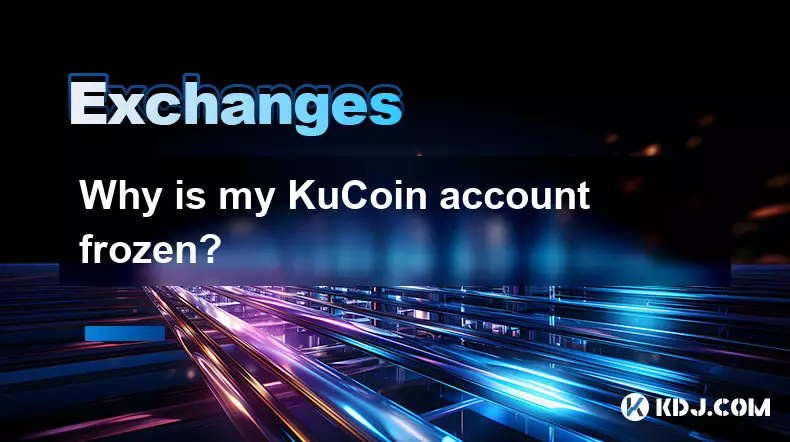
Why is my KuCoin account frozen?
Sep 05,2025 at 06:55pm
Common Reasons for a Frozen KuCoin Account1. Unverified identity information. KuCoin requires users to complete KYC (Know Your Customer) procedures to...
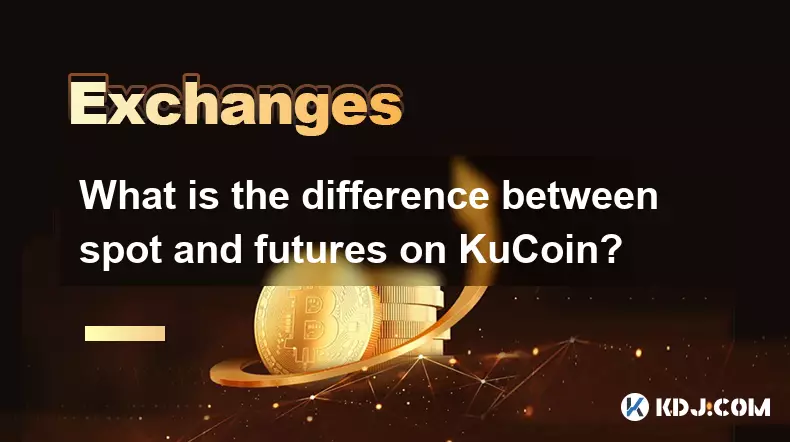
What is the difference between spot and futures on KuCoin?
Sep 06,2025 at 04:01am
Understanding Spot Trading on KuCoin1. Spot trading involves the direct purchase or sale of cryptocurrencies at the current market price. When a user ...
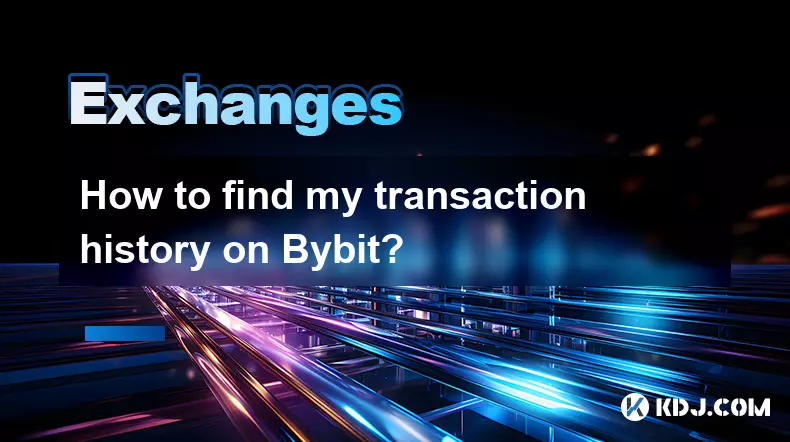
How to find my transaction history on Bybit?
Sep 05,2025 at 03:19pm
Accessing Your Transaction History on Bybit1. Log in to your Bybit account through the official website or mobile application. Ensure you are using a ...
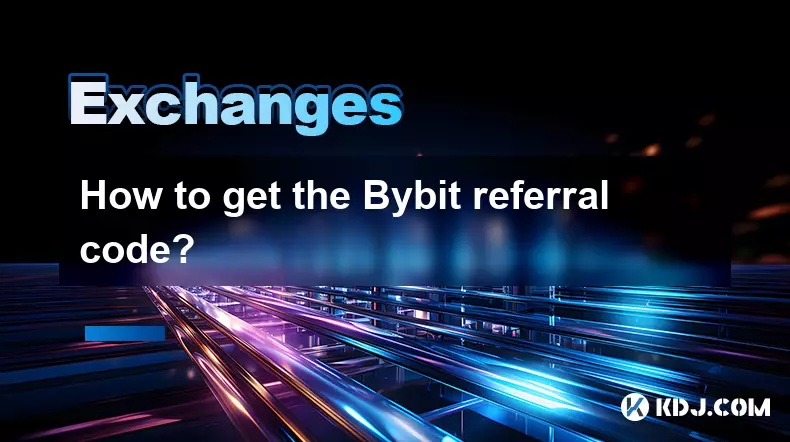
How to get the Bybit referral code?
Sep 05,2025 at 07:01pm
How to Obtain a Bybit Referral Code1. Visit the official Bybit website and log in to your account. If you don’t have an account, complete the registra...

What are Bybit maker and taker fees?
Sep 05,2025 at 11:00am
Understanding the Volatility of Cryptocurrency Markets1. Cryptocurrency markets are known for their extreme price swings, often influenced by speculat...
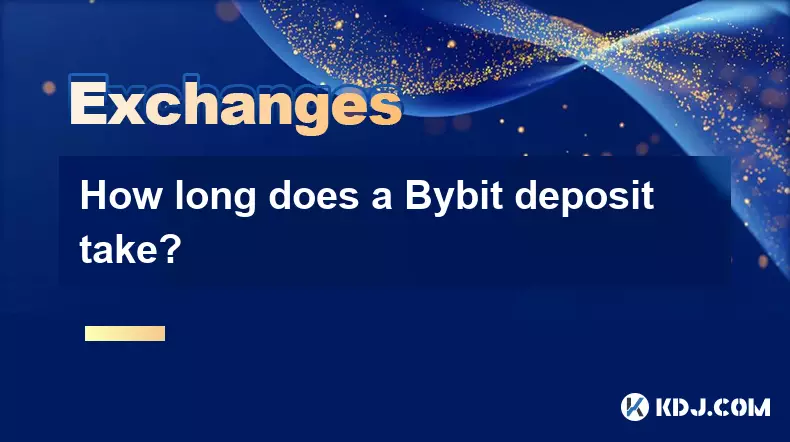
How long does a Bybit deposit take?
Sep 05,2025 at 03:36pm
The Evolution of Decentralized Exchanges in the Crypto Ecosystem1. Decentralized exchanges (DEXs) have reshaped how users interact with digital assets...

Why is my KuCoin account frozen?
Sep 05,2025 at 06:55pm
Common Reasons for a Frozen KuCoin Account1. Unverified identity information. KuCoin requires users to complete KYC (Know Your Customer) procedures to...

What is the difference between spot and futures on KuCoin?
Sep 06,2025 at 04:01am
Understanding Spot Trading on KuCoin1. Spot trading involves the direct purchase or sale of cryptocurrencies at the current market price. When a user ...

How to find my transaction history on Bybit?
Sep 05,2025 at 03:19pm
Accessing Your Transaction History on Bybit1. Log in to your Bybit account through the official website or mobile application. Ensure you are using a ...

How to get the Bybit referral code?
Sep 05,2025 at 07:01pm
How to Obtain a Bybit Referral Code1. Visit the official Bybit website and log in to your account. If you don’t have an account, complete the registra...

What are Bybit maker and taker fees?
Sep 05,2025 at 11:00am
Understanding the Volatility of Cryptocurrency Markets1. Cryptocurrency markets are known for their extreme price swings, often influenced by speculat...

How long does a Bybit deposit take?
Sep 05,2025 at 03:36pm
The Evolution of Decentralized Exchanges in the Crypto Ecosystem1. Decentralized exchanges (DEXs) have reshaped how users interact with digital assets...
See all articles

























